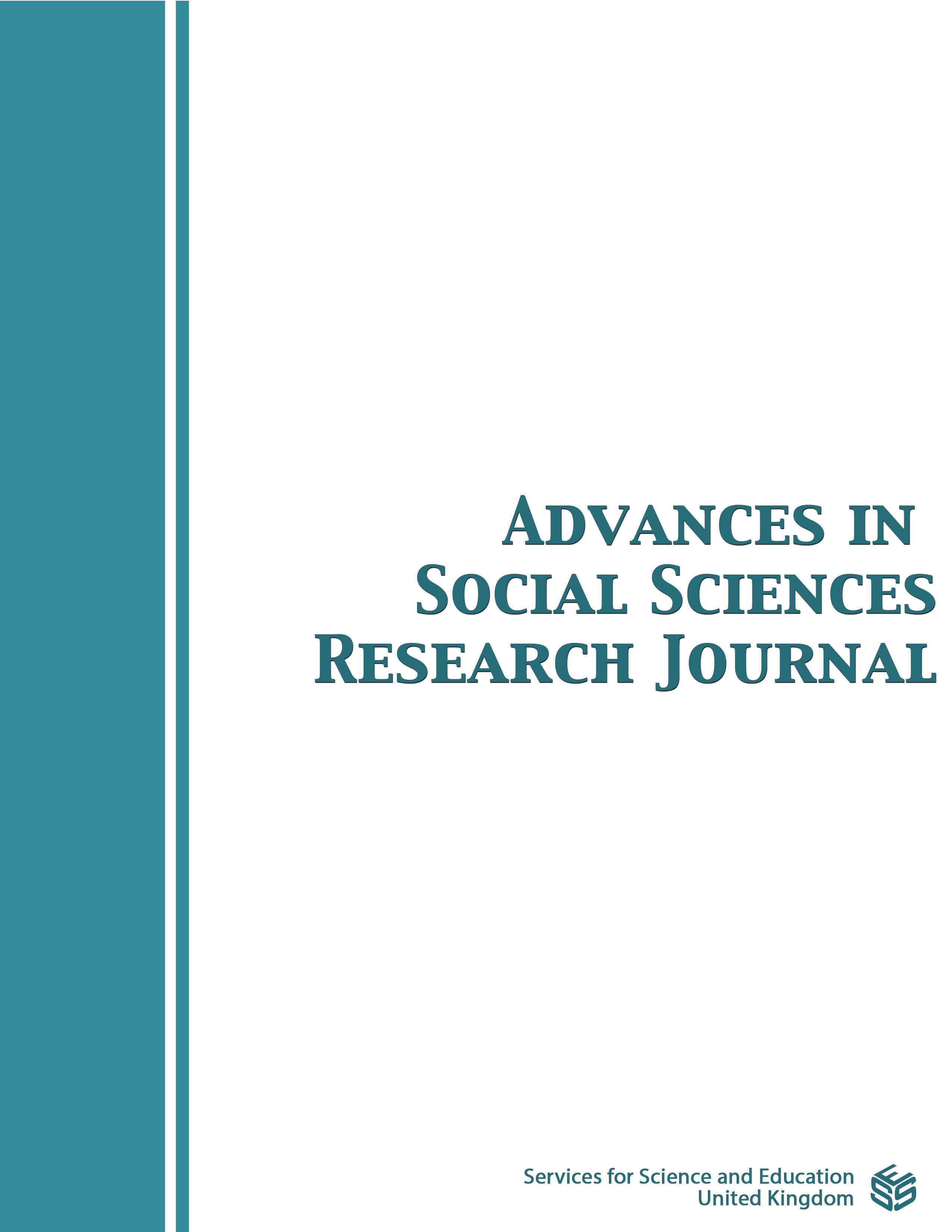The Influence of Video Game Usage on Romantic Relationships Between Youths
DOI:
https://doi.org/10.14738/assrj.109.15586Keywords:
video games, romantic relationship, game usage, game importanceAbstract
To answer a common question that arises within young relationships, "Which is more important: me or video games?" this study draws from a sample of 640 college students in order to explore the relationships between a number of factors: video game usage, video game importance, conflicts, and romantic relationship satisfaction. The results indicate that compared to women, men are more likely to exhibit three types of video game usage characteristics. The results also suggest that people’s concentration on video games and the percentage of their leisure time dedicated to video games can effectively predict how important video games are to someone. On the other hand, social behavior was not found to predict the importance of video games. Compared to self-reports of usage in this study, partner usage of video games was found to be more related to conflicts. In addition, video game usage does not directly negatively affect relationship satisfaction, but does indirectly affect relationship satisfaction through the partner's perception of the importance players place on video games. The frequency with which partners play games together was found to have a positive effect on romantic relationship satisfaction. This study demonstrates that the importance people attribute to video games does cause problems for young people’s romantic relationships and reveals the mechanism of influence of video games on couples’ satisfaction with their romantic relationships.
Downloads
Published
How to Cite
Issue
Section
License
Copyright (c) 2023 Meng Ding, Xinyue Shao

This work is licensed under a Creative Commons Attribution 4.0 International License.
Authors wishing to include figures, tables, or text passages that have already been published elsewhere are required to obtain permission from the copyright owner(s) for both the print and online format and to include evidence that such permission has been granted when submitting their papers. Any material received without such evidence will be assumed to originate from the authors.






